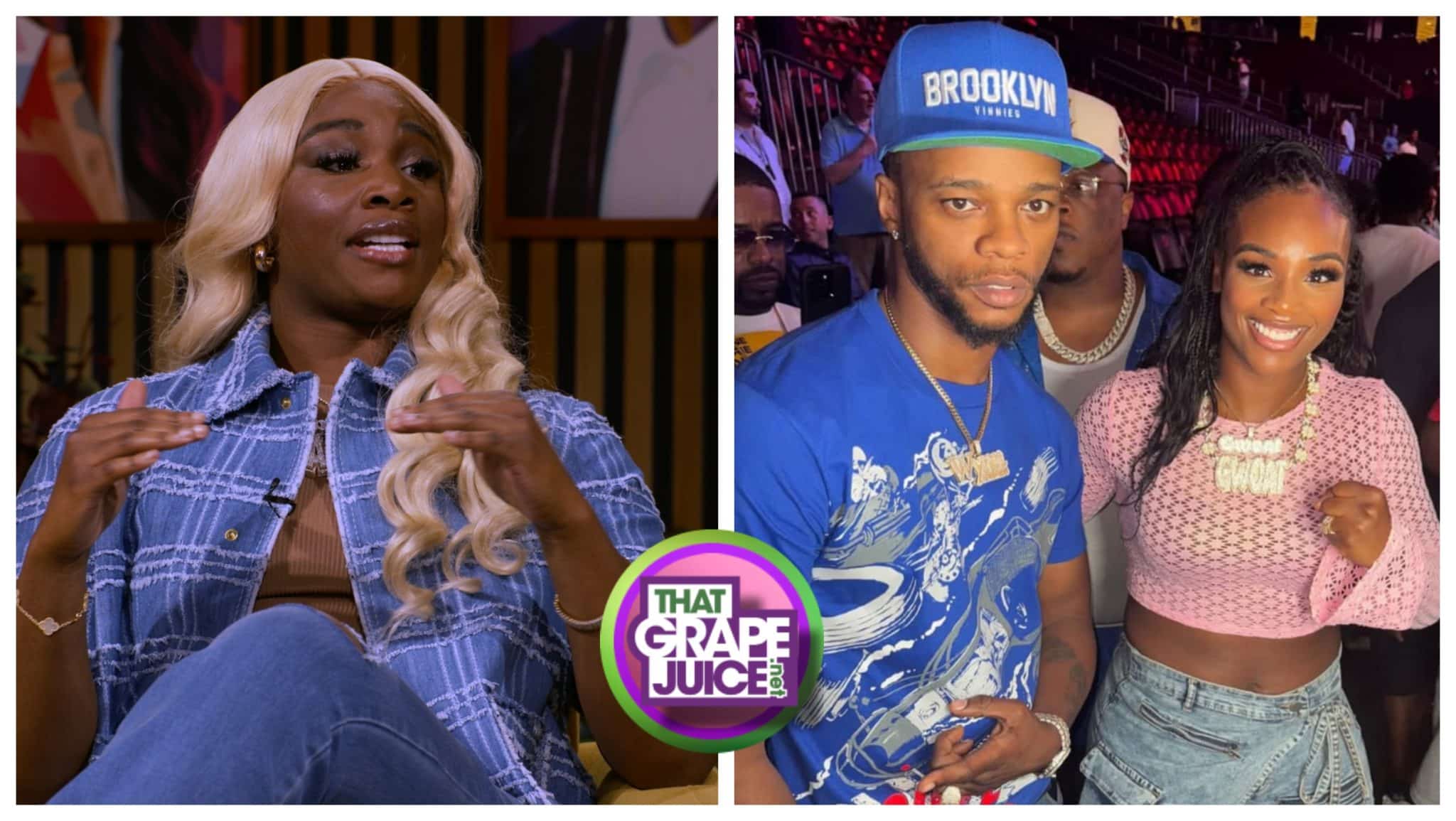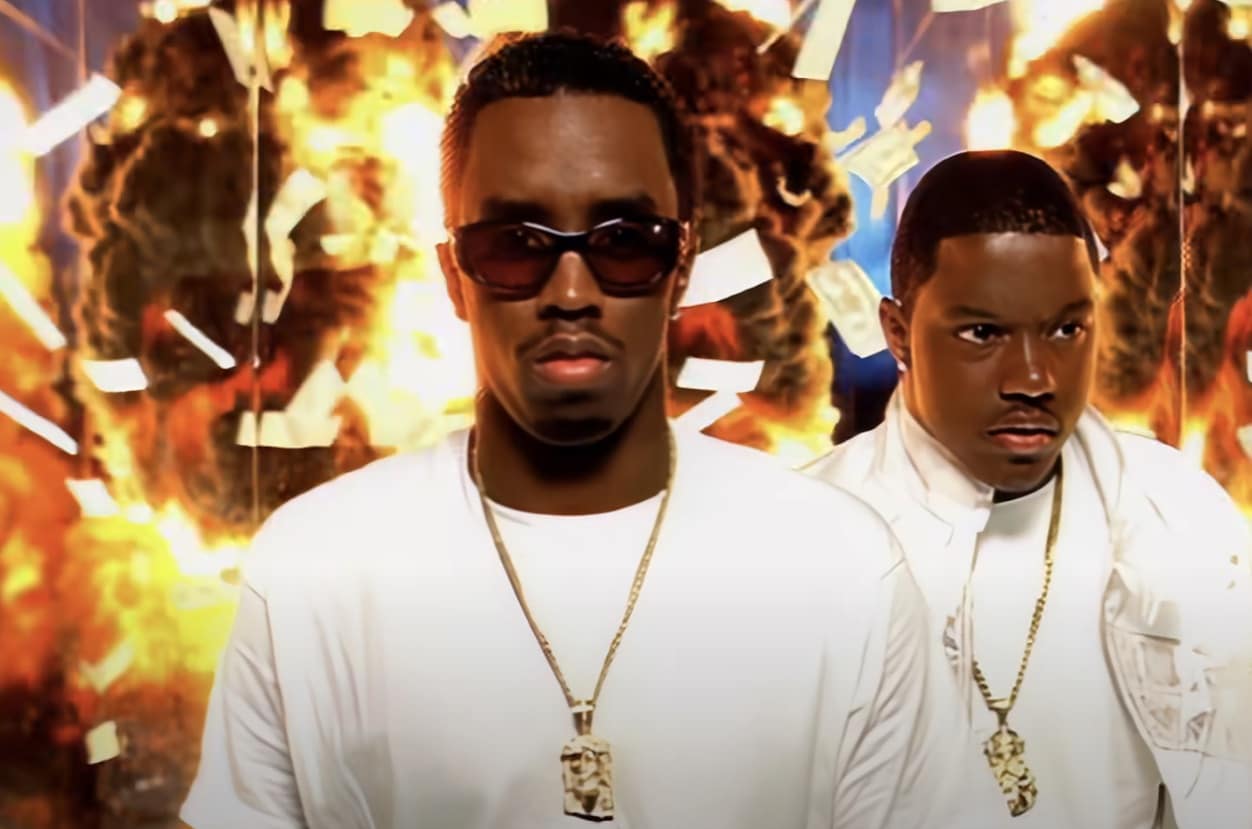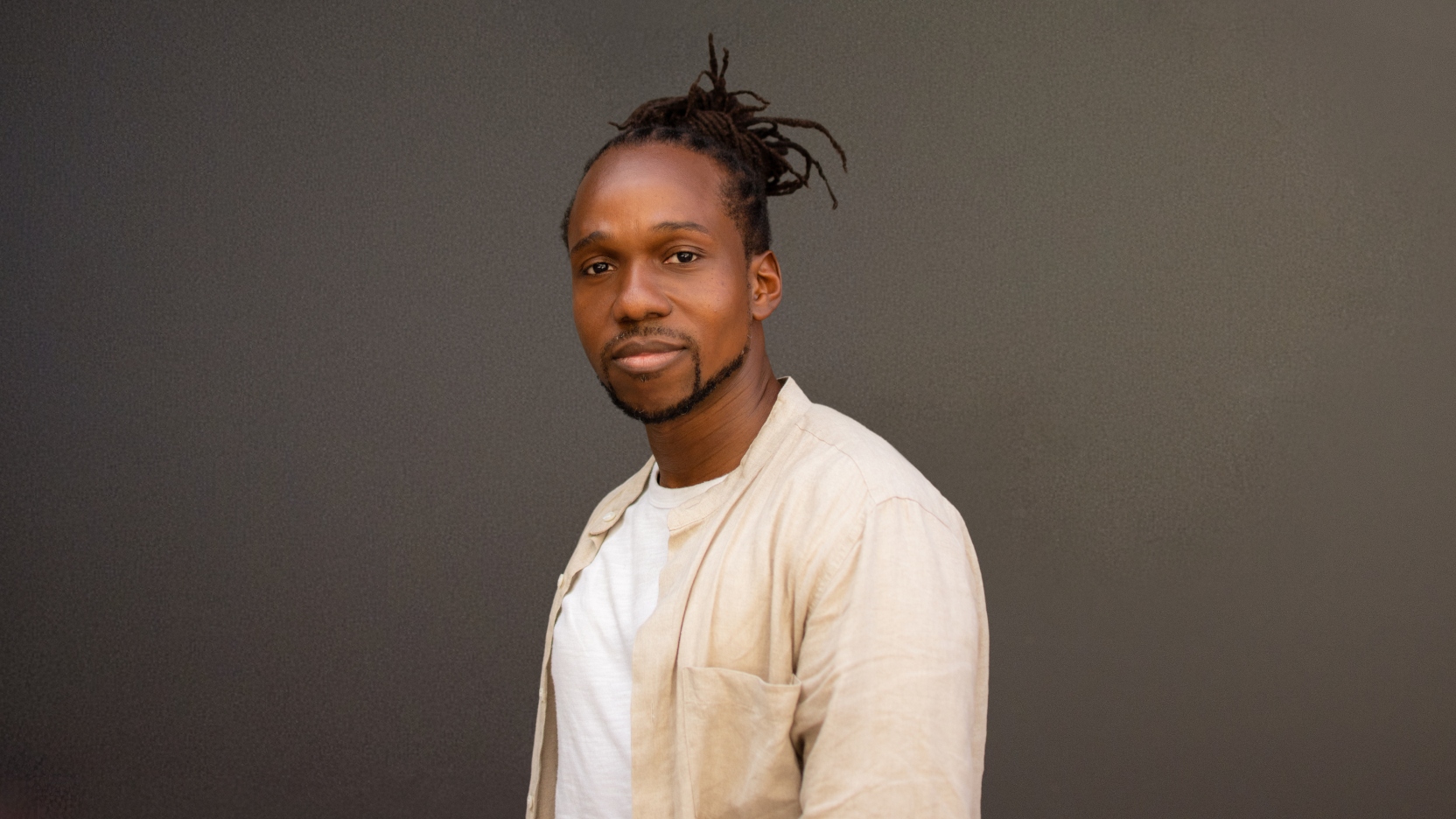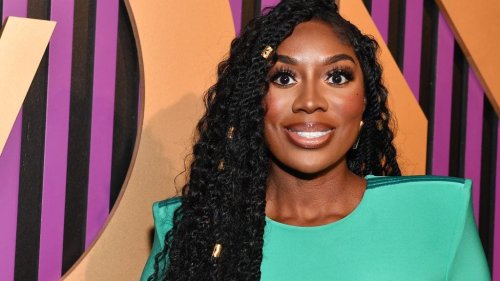Virtual Insanity: How Trump’s AI Machine Fuels Disinformation And Political Hate
Source: Win McNamee / Getty We are all used to Donald Trump’s lies, but his recent decision to use artificial intelligence to spread misinformation and garner support has many pointing out that it is not a harmless evolution of campaign strategy, but instead a modern-day propaganda machine engineered to distort truth, manipulate perception, and inflame [...]

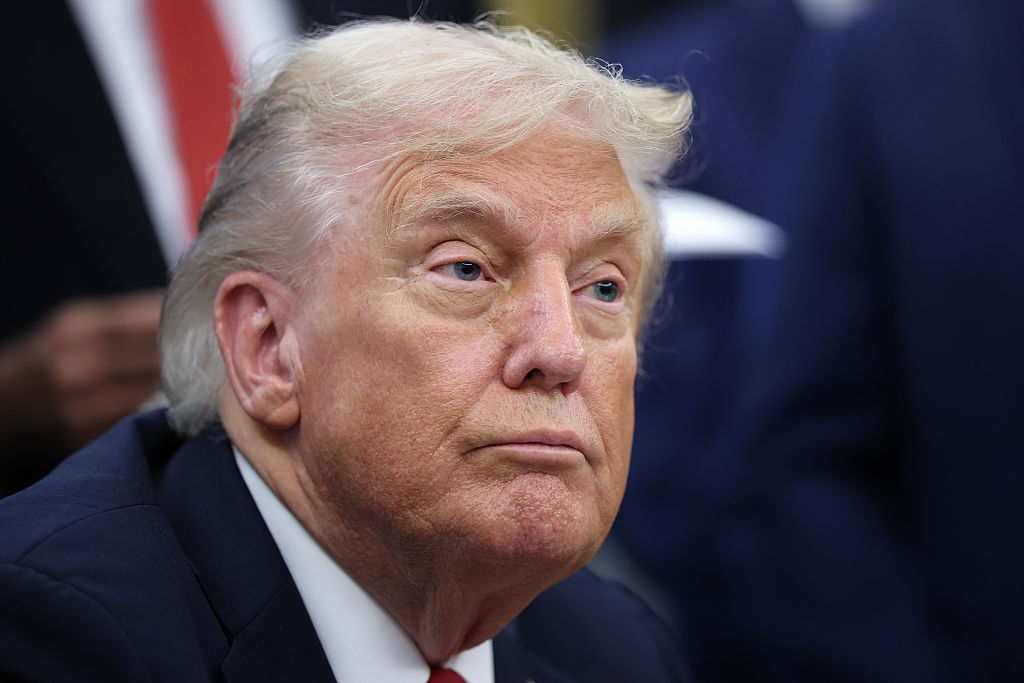
We are all used to Donald Trump’s lies, but his recent decision to use artificial intelligence to spread misinformation and garner support has many pointing out that it is not a harmless evolution of campaign strategy, but instead a modern-day propaganda machine engineered to distort truth, manipulate perception, and inflame division.
For the last few years, Trump’s Truth Social account has become the nucleus of this AI-fueled disinformation engine. Since late 2022, the convicted felon turned second-term president has posted at least 62 AI-generated images and videos, according to the New York Times, many depicting him in absurdly glorified roles such as “King Trump” piloting a fighter jet, “Pope Trump,” or “Trump the Conqueror.” While it may appear harmless, these fantastical posts are far from it, and the message is intentional. It’s a deliberate strategy to cement his cult of personality while bypassing traditional media gatekeepers and flooding the “public square” with fake, altered, and emotionally charged content designed to dominate attention and overwhelm his opponents.
“In his first administration, he used Twitter in a way no president had,” Martha Joynt Kumar, director of the White House Transition Project, told PBS. “What they do in this administration is taking it further, as you’ve had an increase in what can be done online.”
In his most recent shocking and disturbing viral AI-generated video shared on Truth Social, Trump appears as a fighter pilot dropping excrement on a crowd of protesters—at a fake No Kings rally.
In response to the backlash over the post, MAGA mouthpiece and House Speaker, Mike Johnson, defended the grotesque display as “satire,” claiming Trump was merely “using humor to make a point.” But the truth is that the tasteless parody sets a dangerous precedent by normalizing the use of digitally manufactured hate materials as official political communication.
“The use of memes and the use of what we used to consider stuff that would exist in the worlds of Reddit, now has drifted into the discourse of elected leaders,” Bret Schafer, senior fellow at the Alliance for Securing Democracy, told Time. “I don’t think it is good for our kind of political discourse in this country to adopt the online style of podcasters, vloggers, and partisan communicators.”
Perhaps the most disturbing use of the innovative tool, is how the technology is being weaponized to smear political opponents and reinforce racist or conspiratorial narratives; from AI-generated video depicting House Minority Leader Hakeem Jeffries in a fake mustache and sombrero—a post that civil rights organizations denounced as “openly racist.”— to another manipulated video used AI voice replacement tools to make Senate Minority Leader Chuck Schumer appear to mock his own party, Trump has directly impacted how internet tools are used in the world of politics.
“Trump is the most notable person sharing this content, but this is really becoming an international, new form of political messaging,” A.I. expert and the founder of Latent Space Advisory, Henry Ajder, said. “It’s designed to go viral, it’s clearly fake, it’s got this absurdist kind of tone to it. But there’s often still some kind of messaging in there.”
“The more ridiculous the photo or video, the more likely it is to dominate our news feeds,” vice president of research and analysis at Freedom House, Adrian Shahbaz, said. “A controversial post gets shared by people who enjoyed it and people outraged by it. That’s twice the shares.”
A particularly grotesque example was the tone deaf “Trump Gaza” post that reimagined the war-torn and intentionally targeted region as a luxury resort complete with golden statues of Trump himself. The clip—originally labeled as satire when created by independent producers—was reposted and reframed by Trump as more of an aspirational policy, sparking international condemnation (and rightfully so); but to his followers, it served as another intentional viral affirmation of Trump’s false image as a “visionary.”
Generative AI tools like OpenAI’s Sora 2 and Elon Musk’s Grok have made creating deepfakes even easier and more realistic than ever before.
“It’s better quality, but better quality for really bad use cases,” CEO of the deepfake detection firm Reality Defender, Ben Coleman, told TIME. “Generative AI and deepfakes are accelerating misinformation, scams, and attacks on elected officials, minorities, and women.”
Trump’s digital operatives understand this well. By flooding social platforms with AI-crafted memes, deepfakes, and mock news segments, they manipulate social media algorithms that prioritize outrage and engagement over accuracy; the result is an endless loop of lies optimized for maximum virality—especially among young, impressionable voters who are drawn to fast, visual storytelling.
As reported by the Times, the White House has responded to the controversy over Trump’s use of A.I. imagery, claiming the erratic and fake posts are part of his social media strategy.
“No leader has used social media to communicate directly with the American people more creatively and effectively than President Trump,” White House assistant press secretary Liz Huston said.
“Creative” and “effective” aren’t the exact words that you want to hear from the White House regarding a disinformation campaign, especially when the Trump administration decided to take things a step further and lie on American citizens.
Last week, Department of Homeland Security Secretary Kristi Noem faced an onslaught of backlash after the federal agency posted an AI-altered image of young Black men “threatening ICE,” only for the content creator to debunk the claim by posting the original video from months prior with a completely different caption and underlying song.
“This content feeds a mentality that mutters, ‘we all know they’re really like this’, so, even if people know it’s fake, they still see it as kind of reflecting and satisfying a kind of truth — their truth about what the world is like,” AI expert Henry Ajder said.
The even larger danger, experts warn, extends beyond the sharing of a single video or meme; highlighting that constant blurring of the boundary between truth and fiction by the Trump Administration erodes public trust in all forms of information. Even when the lies are obvious, the sheer volume of manufactured content desensitizes audiences, creating what Adrian Shahbaz of Freedom House calls “a fog of digital confusion where truth becomes optional.”
The continued spike of AI-driven propaganda also poses new challenges for regulators after the Trump Administration’s initial response was largely hands-off, favoring private-sector innovation by billionaires over accountability and oversight, after Trump’s Executive Orders focused on curbing “woke” influence in government-funded AI projects over consumer protection.
In this new landscape, Trump’s AI disinformation machine doesn’t just distort facts—it is literally rewiring our emotional reality as intended in Project 2025. Thriving on anger, loyalty, and disbelief, Trump is turning every scandal into spectacle and every critic into a demeaning meme, cementing the negation of truth in an attempt to go viral.
Make no mistake, the continued bombardment of viral chaos is no accident; it’s the strategy to help Trump build an authoritarian empire built on lies to not only threaten but redefine both politics and the notion of our shared reality itself.
SEE ALSO:
Karoline Leavitt Defends Trump’s Dumb ‘Medbed’ Post
Share
What's Your Reaction?
 Like
0
Like
0
 Dislike
0
Dislike
0
 Love
0
Love
0
 Funny
0
Funny
0
 Angry
0
Angry
0
 Sad
0
Sad
0
 Wow
0
Wow
0




